Sound art is an artistic activity in which sound is utilized as a primary medium or material. The artists features in today’s post, however, go beyond this definition seeking to highlight a fusion of nature and technology in generating sound.
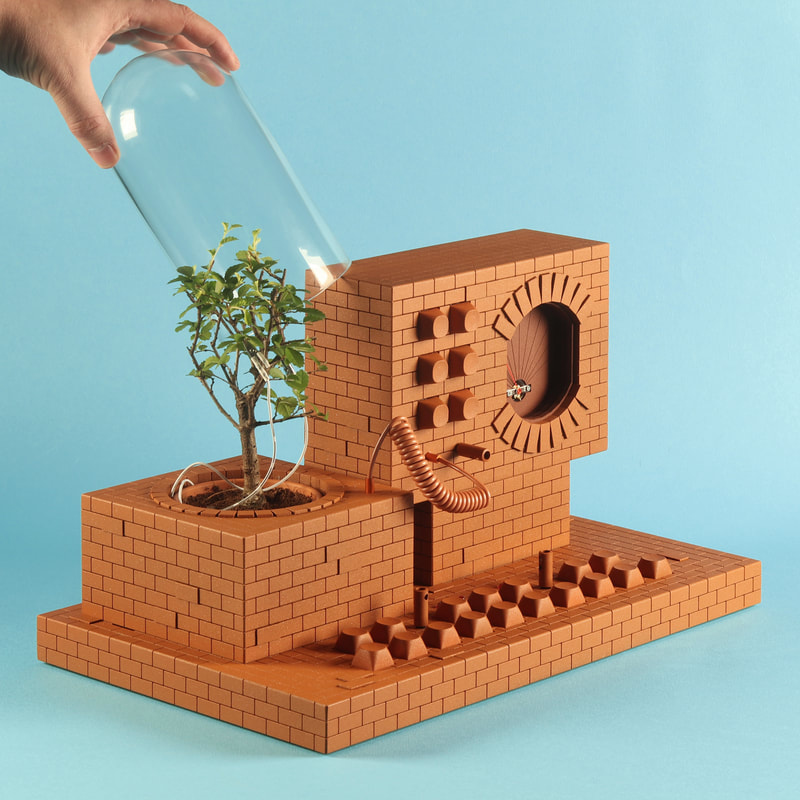
Tegel by Love Hultén
Recognized for his handcrafted consoles, retro-inspired gaming devices, synthesizers, and other nostalgic art piece, Swedish artist and craftsman Love Hultén has merged vintage aesthetics with modern technology to create the Tegel.
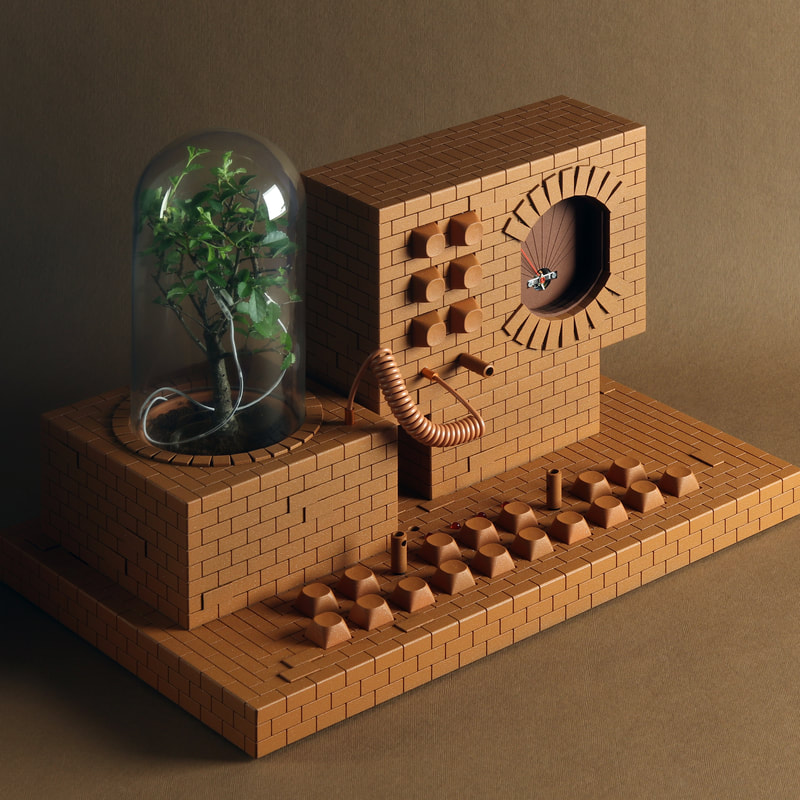
Tegel by Love Hultén (also header image)
This sound sculpture incorporates a miniature bonsai tree connected to probes and a small computer to create audio experiences. Using the plant as an adjustable resistor, the device detects minute fluctuations in electrical currents from the organic material. These signals re then translated into MIDI format, which is directed to a Korg NTS-1 synth for basic sound manipulation. The piece also features an analog VU-meter and a small MIDI keyboard for optional use.
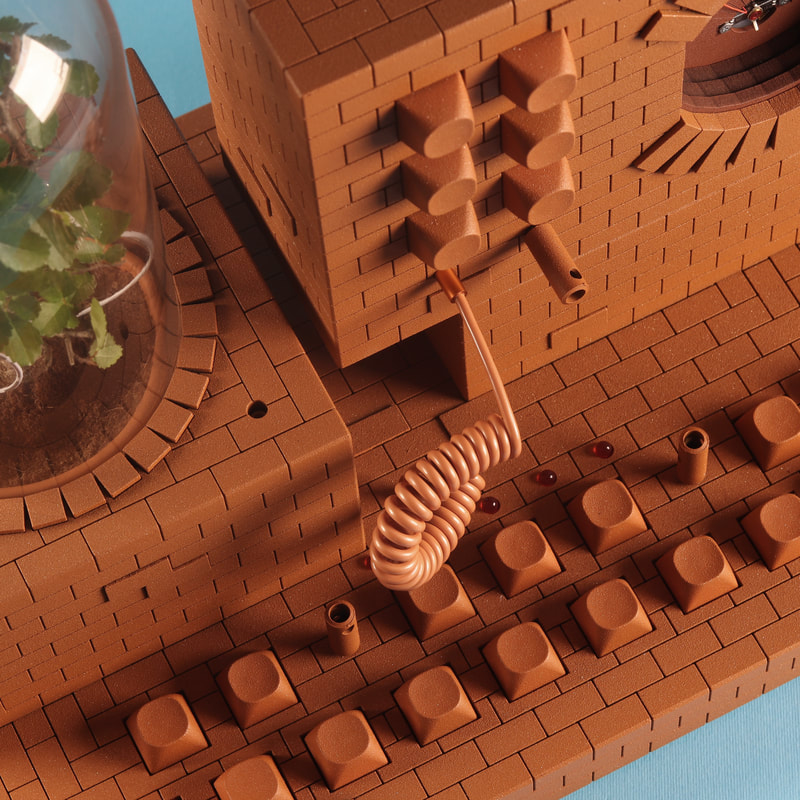
Tegel by Love Hultén
The design of the sculpture takes cues from the brick sculptures by Per Kirkeby, a Danish painter, poet, filmmaker, and sculptor. the result is a witty combination of contemporary electronics and traditional craftsmanship, like woodworking.
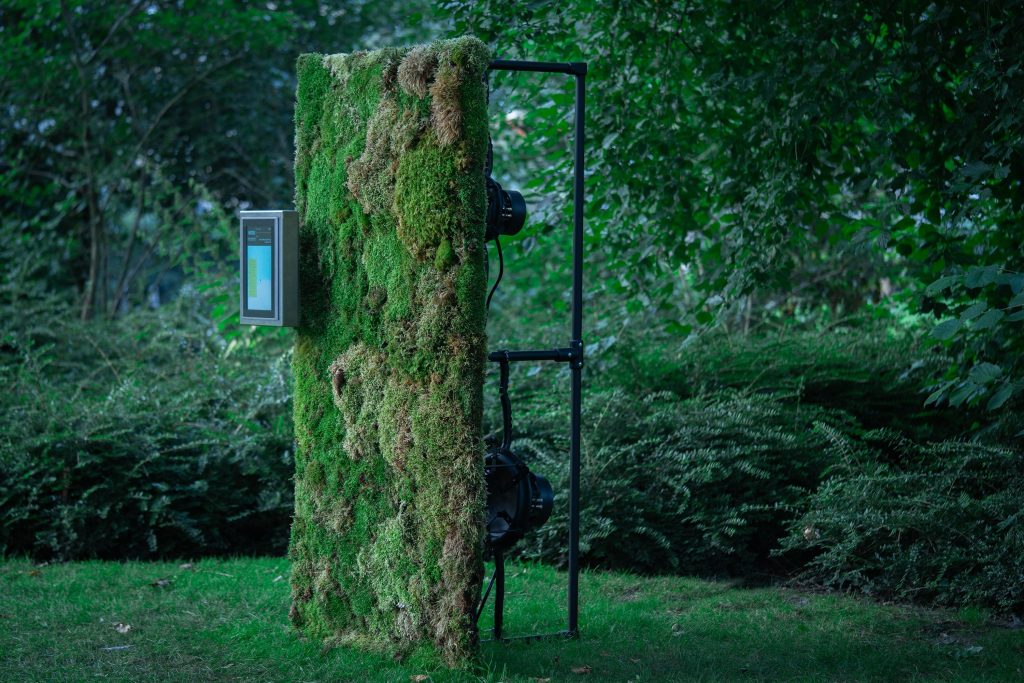
Moss by Marco Barotti
Designed by Berlin-based artist Marco Barotti, Moss is a kinetic sound sculpture driven by air quality data generated by the World Air Quality Index. Inspired by the biology and functionality of various moss species, the living sculpture is designed to analyze the air of our cities and to reinterpret the data with breathing patterns and evolving soundscapes. From Berlin to Mumbai, Moscow, and Beijing, the audience is able to experience in real-time the world air quality transformed into a kinetic sound installation.
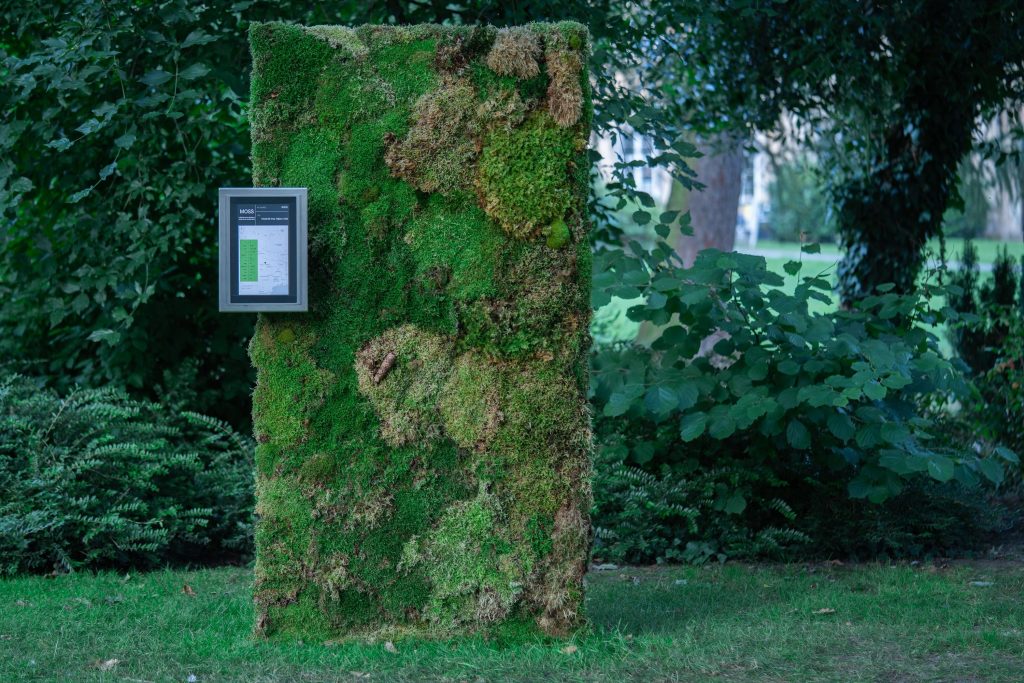
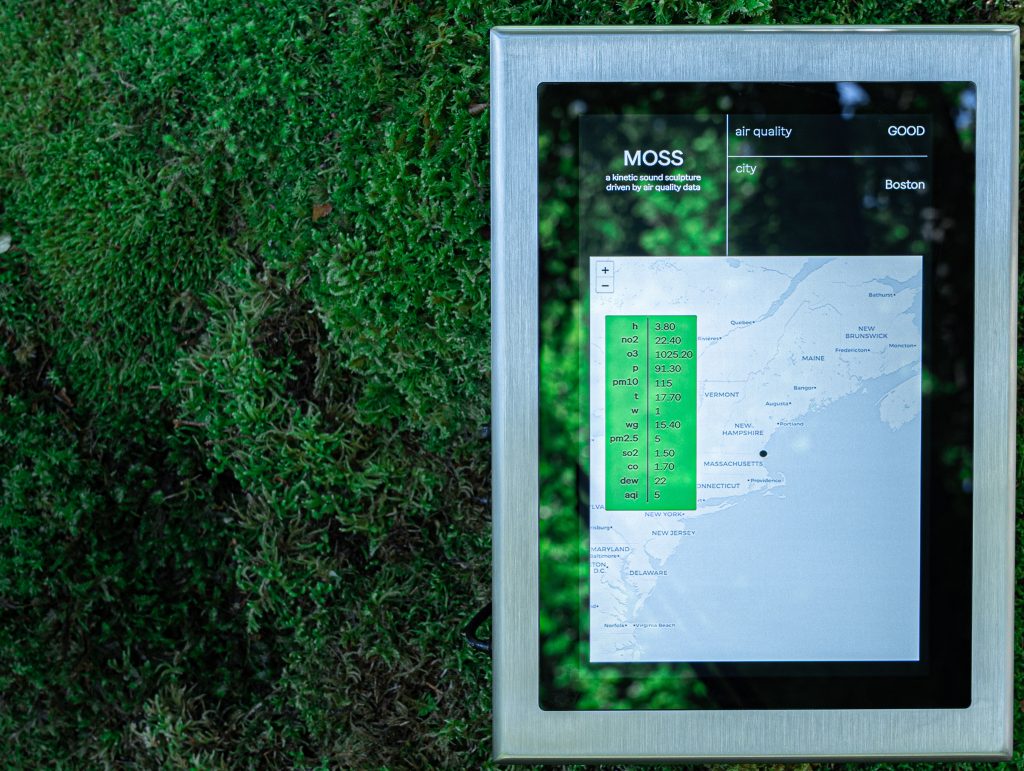
Moss by Marco Barotti
Installed along the bottom of the moss carpet, loudspeakers diffuse sound and generate pulsating movements, while an embedded monitor allows the audience to see the city being reinterpreted by the installation.
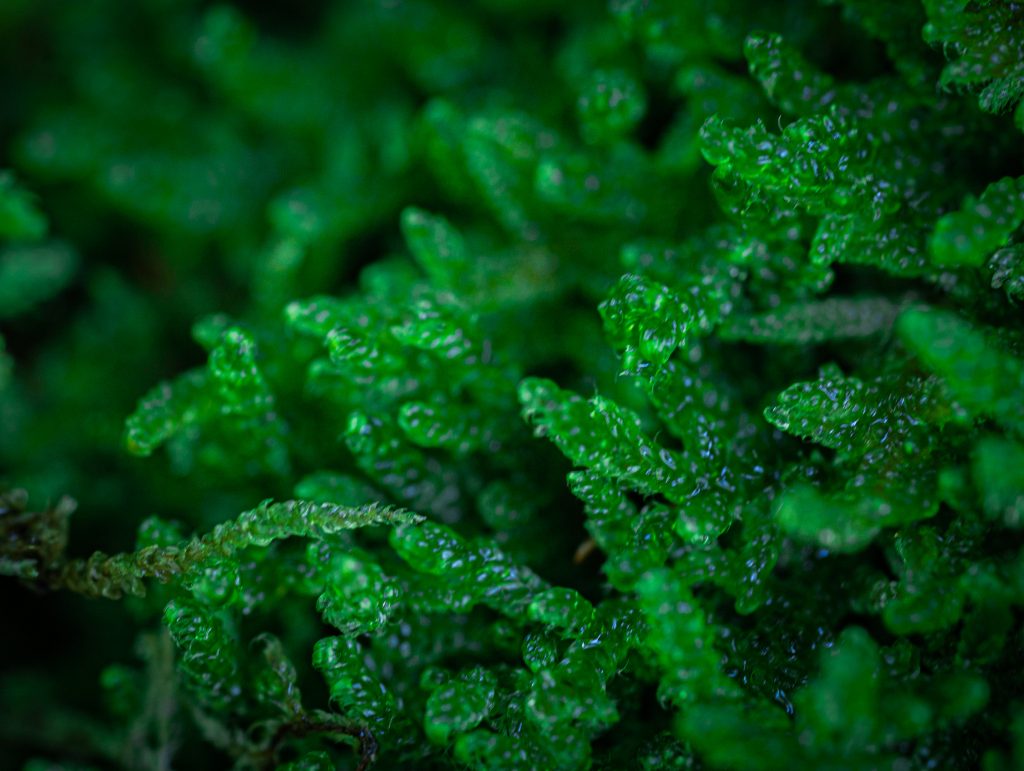
Moss by Marco Barotti
The project contributes to the global research and encourages the citizens to take part in the discussion about air quality. It invites audiences to discover the potential of moss as an aesthetic medium that connects humans, other living agencies, and technology, and synesthetically reinterprets and transmits data on air pollution.
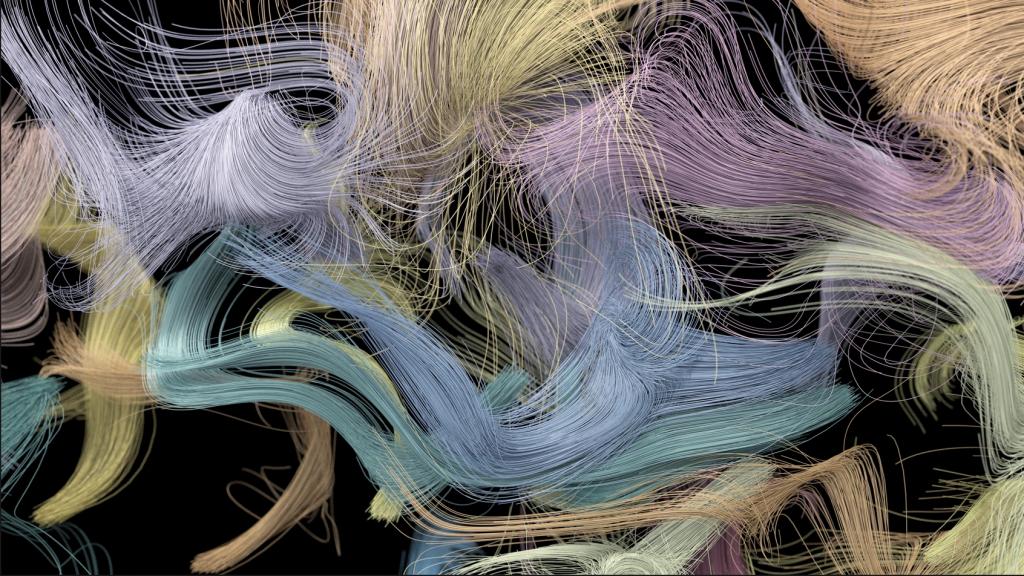
Synaesthetic Sanctuary by William Shaw
Created by New Zealand based designer William Shaw as part of his graduate research project at the Victoria University of Wellington, Synaesthetic Sanctuary translates the soundscape of his homeland’s native birds into a mesmerizing audio-visual artwork series. The designer uses the HOUDINI generative design software to visualize sound data in an aesthetically engaging manner.
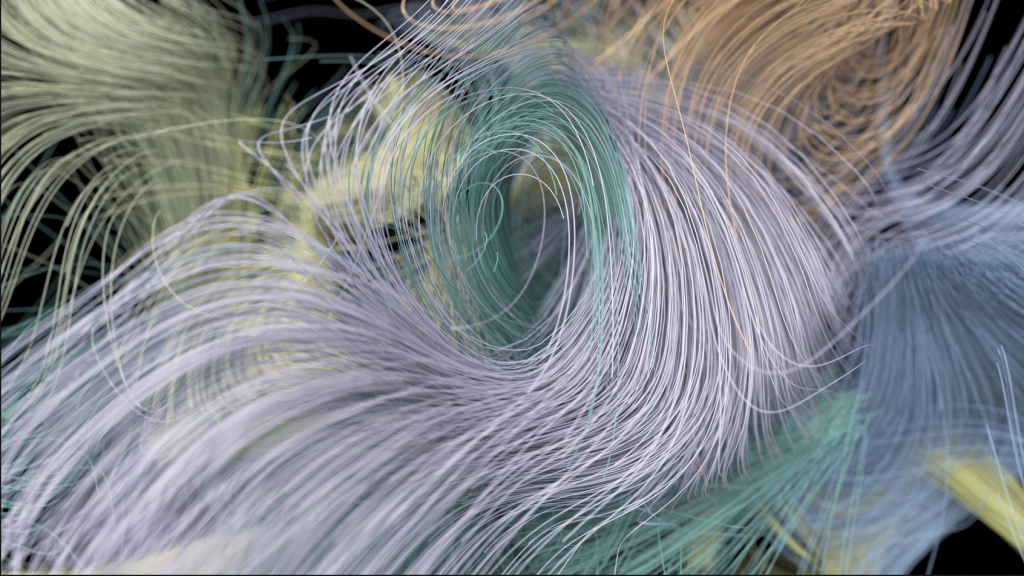
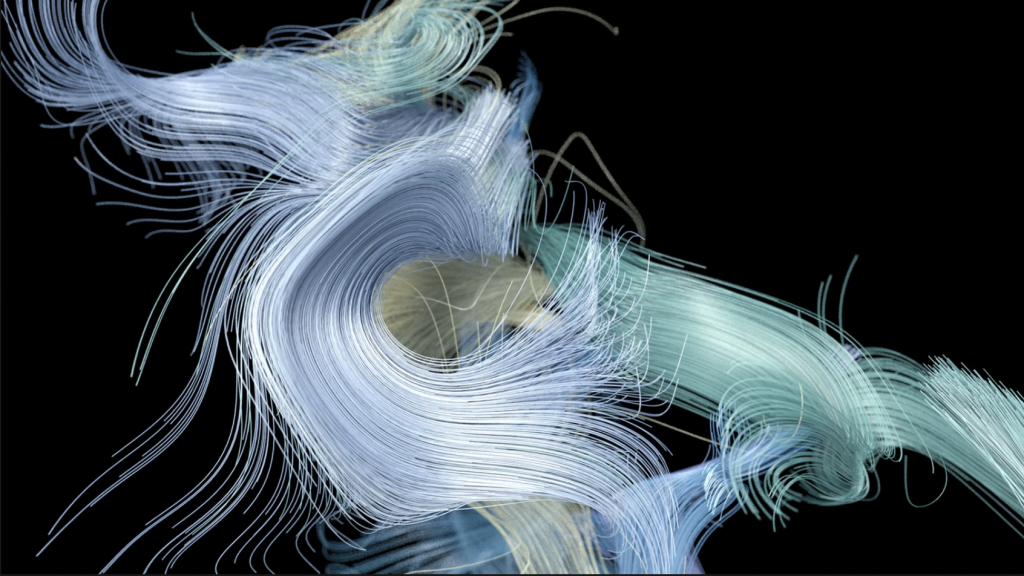
Synaesthetic Sanctuary by William Shaw
The project aims to create a system that non-specialists can use to contrast and compare unique variations in native bird songs. It somehow transforms sound data into an accessible design tool, with the final output consisting of audio-visual images and animations. The resulting artworks reference the physical appearance of native birds through color, texture, and form. Apart from the impressive videos, prints are available for purchase; at the designer’s website.